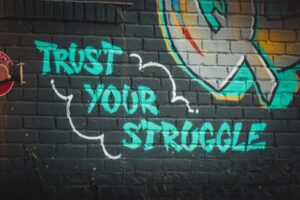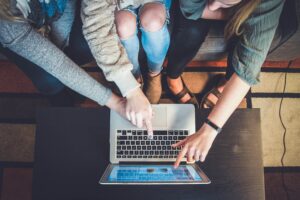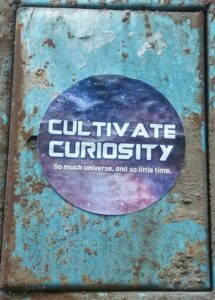Today’s guest lecture with Heidi James from SD61 was completely out of my league! Apparently I have some gaming to catch up on. Not sure how anyone else is feeling, maybe we should all head over to YouTube together?!?
While breaking into the world of Minecraft will be another vertical learning curve for me, game-based learning, and the gamification of education is not. Game-based learning is where the playing of the game is the learning experience, while gamification can be thought of as adding game components to traditional instructional methods. I have always incorporated games into teaching wherever possible and think there is a place for games in every subject at every grade level. Games can be used to introduce a unit, access prior knowledge, deepen understanding, demonstrate core competencies, act as an assessment tool….the possibilities are limitless. I also feel that both game-based learning and gamification can be a powerful tool in reducing academic anxiety often found in traditional learning.
Online gaming, and hosted sites like Minecraft, take things to another level. I didn’t even know that there was an educational version of Minecraft! Our guest speaker explained some of the many different ways she has used minecraft to connect with students and their learning, but in the same breath she said that she has to fight really hard to have access to the game and that the district seems to repeatedly take that access away. I came away from the lecture a bit conflicted about how I felt about online gaming with students. I suppose a classroom-hosted site would be somewhat different that a global platform, but I certainly still have some questions around privacy and safety.
Regardless of my feelings at the moment, students seem very passionate about the minecraft world, and as I get ready to head into a middle school practicum, I better start brushing up!


 The past few lectures we have had the pleasure of learning from 2 inspiring educators both currently teaching in Victoria. Jeff Hopkins is the principal of the
The past few lectures we have had the pleasure of learning from 2 inspiring educators both currently teaching in Victoria. Jeff Hopkins is the principal of the 

